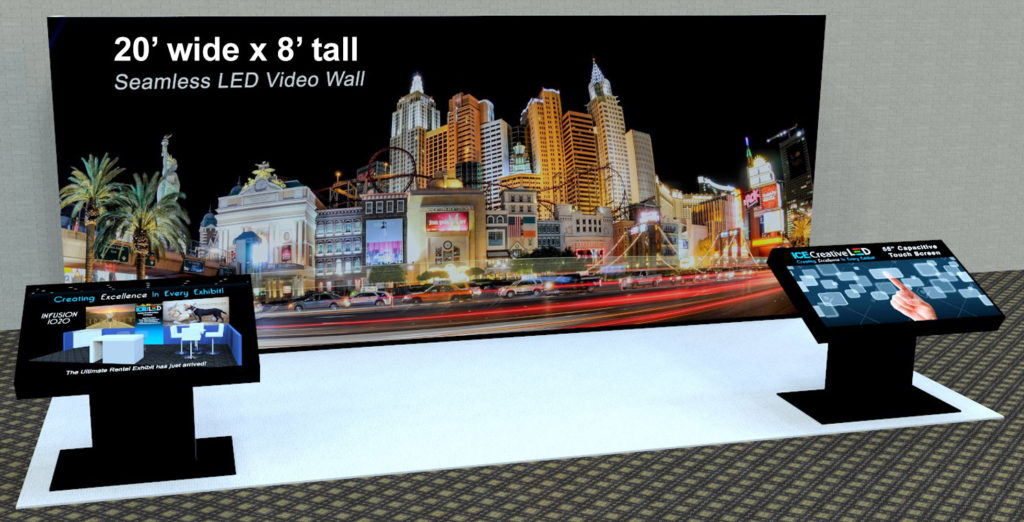Examining the Fundamental Elements That Affect Luminance in LED Wall Screens
Examining the Fundamental Elements That Affect Luminance in LED Wall Screens
Blog Article
Light Emitting Diode wall panels are increasingly popular for both advertising and leisure due to their bright and vibrant images. Understanding the factors that influence the brightness of these screens is crucial for producers and consumers alike. Brightness is typically gauged in candelas, which shows how much illumination is emitted from the area of the screen. Numerous key elements affect to the overall brightness, including the type of Light Emitting Diode used, the caliber of the panel materials, and the power provided to the screen.
The type of Light Emitting Diode component used in a wall screen plays a crucial role in its brightness. Different Light Emitting Diodes emit differing levels of lumens, which gauge the amount of light visible to the mortal eye. High-quality components, such as those made using sophisticated technology, can produce more luminous illumination with greater efficiency. Furthermore, the hue temperature of the Light Emitting Diode also influences perceived luminosity. For instance, cooler hue tones (higher Kelvin values) can seem brighter than hotter ones, even at the identical lumen level. This feature is important for uses where clarity is crucial, such as in outdoor promotion.
The substances used in the building of LED panel panels also affect their luminosity. The type of foundation and encapsulation materials can affect how much illumination is transmitted versus how much is taken in or scattered. For example, a screen made with high-quality clear glass will permit more light to flow through than one made with lower-grade materials. Additionally, the configuration of the panel, including its depth and the arrangement of the Light Emitting Diodes, can enhance or reduce luminosity by affecting how illumination is distributed across the panel.
The power source provided to the Light Emitting Diode wall screens is another critical element in establishing luminosity. Each Light Emitting Diode chip has a particular voltage and electric flow requirement for ideal functioning. If the power source falls short, the brightness of the screen will decrease. Conversely, supplying too much power can lead to excessive heat and reduced durability of the LEDs. Therefore, ensuring a stable and sufficient power source is essential for realizing consistent luminosity levels. This is especially vital in dynamic displays, where luminosity may need see this page to be adjusted for varied lighting conditions.
Lastly, surrounding elements can influence how luminosity is perceived. Ambient illumination conditions play a major role in how bright an Light Emitting Diode panel panel looks. In bright daylight, for example, a screen with a reduced luminosity level may struggle to be visible clearly, while a more luminous panel can be prominent more effectively. Additionally, the angle from which the screen is viewed can influence brightness perception blog here due to how illumination bounces off surfaces. Understanding these elements helps consumers choose the appropriate LED wall screen for their needs and guarantees that producers produce products that satisfy luminosity expectations for different applications.